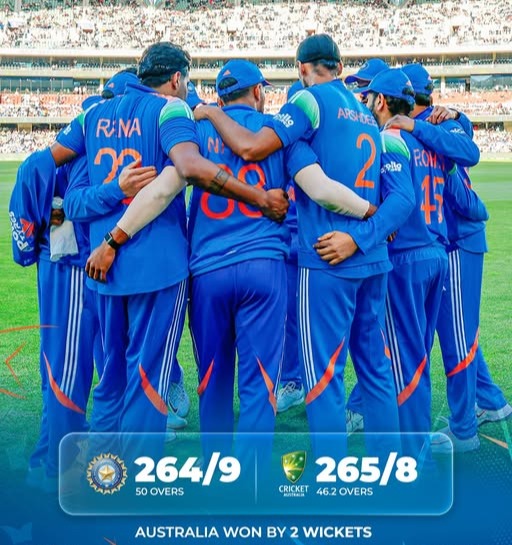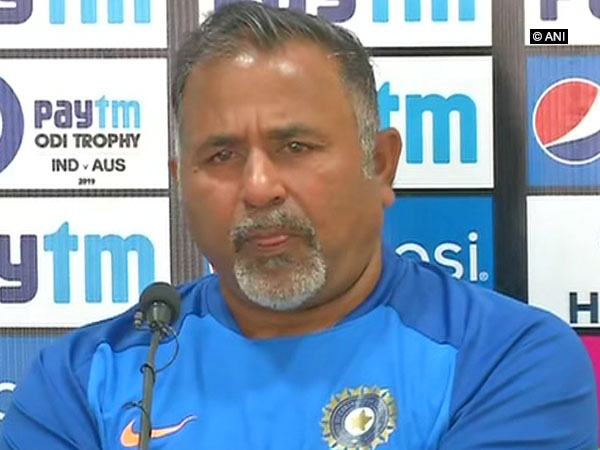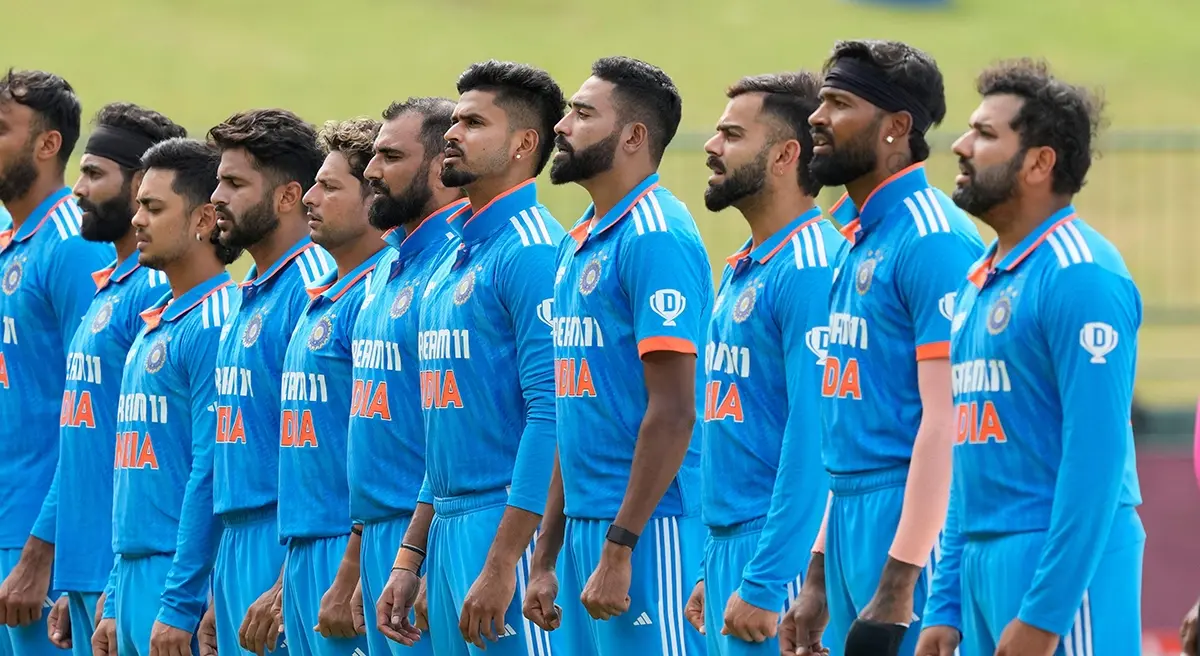Adelaide, October 23, 2025 – India’s transition phase under new leadership hit a roadblock at the Adelaide Oval, as a defensive approach with the bat and a lack of cutting-edge in the bowling attack saw them fall to a two-wicket defeat against Australia, handing the hosts an unassailable 2-0 lead in the three-match ODI series.
Chasing India’s modest total of 264/9, built primarily on fighting fifties from Rohit Sharma (73) and Shreyas Iyer (61), Australia held their nerve through crucial partnerships to chase the target with 22 balls to spare. Matthew Short (74) and the young Cooper Connolly (61 not out) were the anchors of the successful chase, punishing a wavering Indian bowling attack.
The Batting Blueprint: A Story of Two Halves
Opting to bat first after losing the toss, India’s top order was rocked by a superb opening spell from the Australian quicks, with Shubman Gill (9) and Virat Kohli (0) both falling cheaply to Xavier Bartlett, reducing India to 17/2. The veteran presence of Rohit Sharma, making a comeback, alongside Shreyas Iyer, then orchestrated a vital 118-run partnership for the third wicket. Rohit’s gritty 73 off 97 balls, though not fluent, absorbed pressure and was a testament to his experience.
However, the middle-order collapse, triggered by the brilliant leg-spin of Adam Zampa (4/60), proved to be India’s undoing. Zampa broke the key partnership by dismissing Iyer and quickly accounted for KL Rahul (11), stifling India’s momentum. Despite a late cameo from Axar Patel (44) and a valuable 37-run stand between Harshit Rana (24)* and Arshdeep Singh (13) for the ninth wicket, India’s final total was widely considered 20-25 runs short on a decent batting surface.
Bowling Lacks Bite as Short and Connolly Seal the Deal
India’s bowlers managed to take early wickets, with Arshdeep Singh and Mohammed Siraj applying pressure at the start. However, the lack of a genuine wicket-taking spinner in the playing XI was starkly visible. Matt Short, benefiting from a dropped chance, anchored the Australian innings, first with Matt Renshaw and then with an aggressive Cooper Connolly.
While India’s pace attack looked lively, the spin contingent and the all-rounders in the middle overs struggled to break partnerships or restrict the flow of runs. Captain Shubman Gill later lamented the two dropped catches, one of which allowed Short to continue his match-winning knock.
The pivotal moment in the chase came through a blistering 50-run stand between Short and Mitchell Owen, followed by Connolly’s calmness under pressure. The young southpaw hit boundaries effortlessly and steered the chase, displaying an icy nerve that defied his age. Despite a late flurry of wickets towards the end, Connolly remained unbeaten to guide his team across the line.
Questions for the Indian Camp
The loss has immediately raised questions about India’s squad balance and selection choices. The exclusion of a specialist wrist-spinner like Kuldeep Yadav, a proven wicket-taker against Australia, in favour of all-rounders, was heavily scrutinised, particularly after the middle overs leaked runs. Furthermore, the defensive approach with the bat after the initial rebuild meant India could never truly dominate the opposition.
The captain of India, Shubman Gill feels that they had just enough runs on the board, but it is never easy when you drop a couple of catches. Mentions that there was a bit of movement in the new ball during the second innings, but as the ball got older, it got better to bat. Feels that in the first game, the toss was crucial with the rain around, but not so much in this game. Shares that it was not easy early on but he is pleased with the way Rohit Sharma batted.
With the series now lost, India heads into the final ODI in Sydney with only pride to play for, hoping to salvage a win and gain some crucial experience for the transitioning squad before the T20I series commences.


